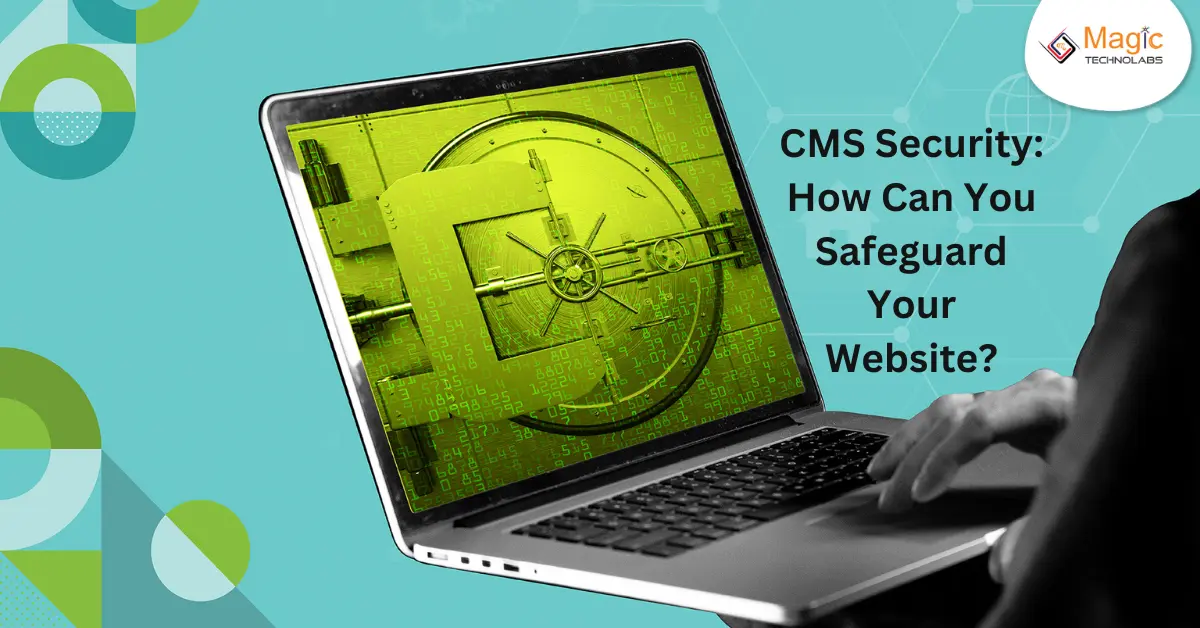In the dynamic landscape of web development, ensuring the security of your Content Management System (CMS) is paramount. CMS platforms like WordPress, Joomla, and Drupal, among others, are popular targets for cyber threats due to their widespread use. Safeguarding your website requires a proactive approach and adherence to best security practices.
One fundamental step is keeping your CMS software up to date. Regularly installing updates and patches provided by the CMS developers helps close potential vulnerabilities. Outdated software is a common entry point for cyberattacks, making timely updates crucial.
Implementing strong and unique passwords for both CMS login credentials and associated accounts is another essential measure. This simple practice adds a layer of defense against brute-force attacks. Consider utilizing password management tools to generate and store complex passwords securely.
Furthermore, deploying security plugins or extensions tailored to your CMS can enhance protection. These tools offer features such as firewall protection, malware scanning, and login attempt monitoring, fortifying your website's defense mechanisms.
Regular backups are a crucial aspect of website security. In the event of a security breach, having recent backups enables you to restore your site to a clean state swiftly. Automated backup solutions simplify this process, ensuring you have a reliable safety net.
Monitoring user permissions is vital for limiting access to sensitive areas of your CMS. Assigning appropriate roles and permissions helps prevent unauthorized modifications and reduces the risk of internal threats.
Finally, investing in a reputable web hosting service that prioritizes security adds an extra layer of protection. Choose a hosting provider that employs robust security measures, including regular server monitoring and automatic security updates.
By combining these measures and staying vigilant, you can significantly enhance the security of your CMS-powered website. A proactive and multi-faceted approach is key to safeguarding your online presence and ensuring a safe and secure user experience for your audience.
















